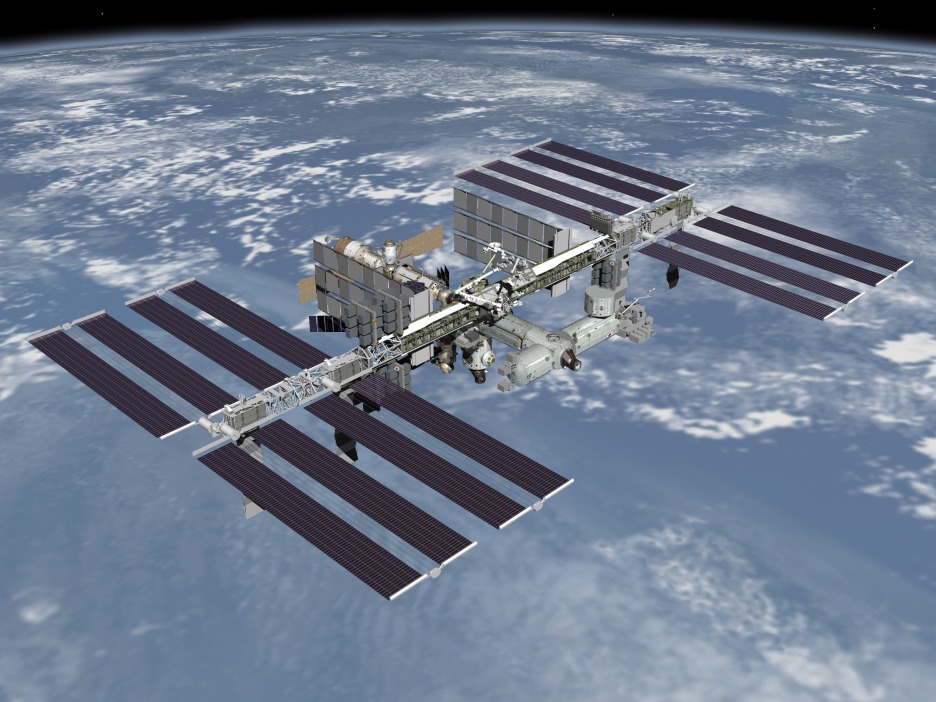NASA Looks to Private Space Stations in the Future
Some good news regarding ISS comes up in a Spacepolicyonline report of a briefing yesterday provided by Bill Gerstenmaier, Head of NASA’s Human Exploration and Operations(HEO) Mission Directorate to a NASA Advisory Council Subcommittee.
In looking ahead to what comes after ISS, Gerstenmair observed: ““I don’t think there’ll be another government-sponsored space station.”” Instead, “He believes the ISS will be fine through 2028, but he pointed to the desirability of companies flying single-purpose space stations thereafter and the government could buy services or research time from them instead.”
Although the International Space Station (and the taxpayer) is playing a vital, and likely irreplaceable role in laying the groundwork for an expansion of commercial space through COTS, CRS and Commercial Crew, it is important that NASA recognizes the next critical step involves fully commercialized stations as well, even if the government remains a major “anchor tenant.” Even more encouraging is the fact that an interim step is already on the way, the 2015 arrival of the BEAM module from Bigelow Aerospace at ISS.
There was other good news as well, although of the mixed variety.
“In the meantime, ISS facilities are being well utilized today according to Sam Scimemi, Director of ISS at NASA Headquarters, who also briefed the subcommittee. Almost 84 percent of the science racks in the U.S. Orbital Segment (USOS) are occupied with experiments right now, he said, along with 76 percent of EXPRESS racks. He noted that utilization of available research sites on the exterior of the ISS is only 50 percent and his office is working on filling the rest of the sites.”
On the downside, the real limiting factor on further improving the Station’s science output is the availability of researcher time. As numerous stories have cited, an increase in station personnel from the current compliment of six, to the preferred compliment of seven full time occupants would have a significant increase on the scientific output. It is a capability which will arrive once a Commercial Crew provider is in place and certified.
Unfortunately, that isn’t going to happen in the next few years because Congress has repeatedly decided to slash the Commercial Crew budget requests made by NASA and the Administration since the program began, preferring instead to pay Russia to launch American and International Partner astronauts as a U.S. capacity slips into the future.
What is sometimes overlooked in the process, is just how counterproductive the results really are. In keeping the Station’s crew at the lower threshold of six, due to the limitations of the three person Soyuz capsule, Congressional policy has not only prolonged American inability to launch its own astronauts, is has also badly throttled the scientific out of a facility it is paying $3 billion per year to operate in the first place.
Somehow, it doesn’t seem like that Bigelow, or any commercial provider would follow a similar path. Have you been on an airplane lately?



2 Comments on "NASA Looks to Private Space Stations in the Future"
Trackback | Comments RSS Feed
Inbound Links